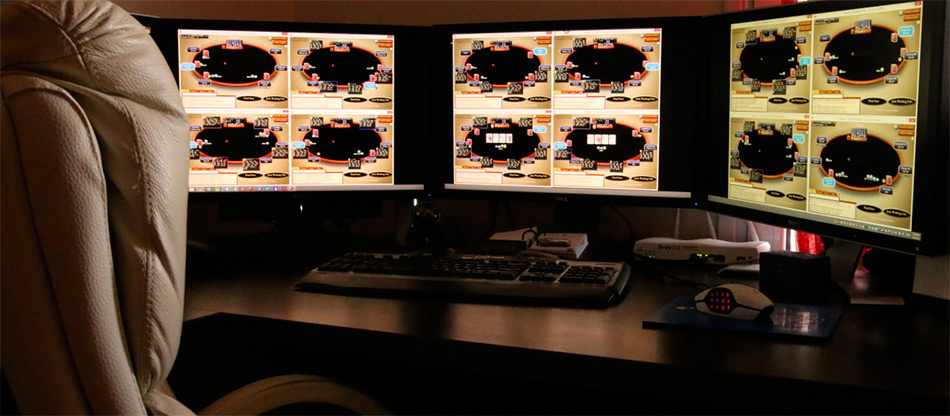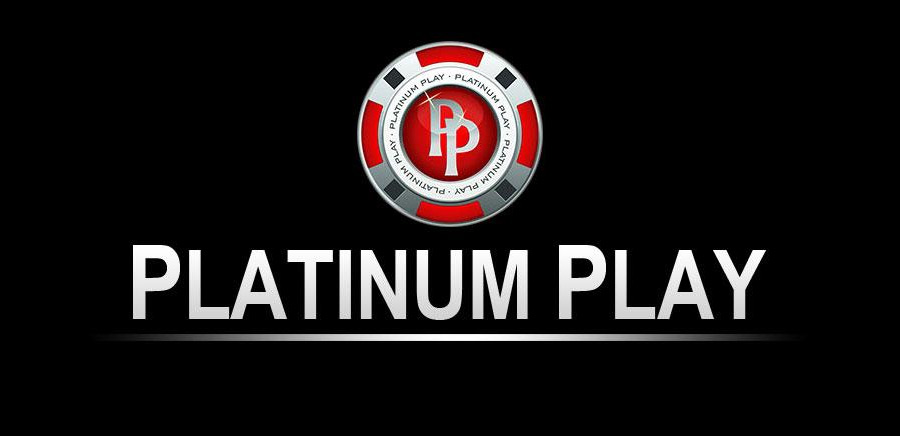
Playing online poker efficiently involves mastering the skill of multi-tabling. To rake in more profits, players adapt by playing on several tables simultaneously. Successful multi-tabling not only increases potential earnings but also keeps the game dynamic and engaging. Key strategies include the use of poker software for better decision-making, optimizing the physical and digital workspace, and improving mental agility to handle multiple games with ease. This approach significantly impacts a player's ability to see more hands, make more decisions, and, ultimately, enhance their winning potential.
Selecting the Right Number of Tables
Start with understanding your comfort zone. Not everyone can handle the same number of tables with ease. Kicking off with too many tables can lead to mistakes and missed opportunities. Begin with two tables and gradually add more as you become more comfortable. Your focus should remain sharp across all the tables you're playing.
Managing Your Time Effectively
Time management is critical. Each decision needs to be made quickly, especially when playing on multiple tables. Use features like auto-top-up and preset bet sizes to minimize the need for adjustments during gameplay. This keeps the game flowing and allows you to concentrate on critical play decisions.
Utilizing Poker Software Tools
Leverage software designed for online poker players. Tools like tracking software provide valuable insights into your opponents' playing styles and patterns. Heads-Up Displays offer real-time statistics and can be a game-changer when multi-tabling, as they allow you to make informed decisions swiftly.
Before diving deeper into strategies, knowing where to apply these skills is crucial. For those interested in sharpening their multi-tabling techniques and putting them into practice, online poker offers a platform to test and improve your skills in real-time.
Setting Up Your Physical and Digital Workspace
A cluttered space leads to a cluttered mind. Organize your physical workspace to accommodate the demands of playing multiple tables. Two monitors can make a significant difference, allowing you to spread out tables and reduce the need to constantly click through tabs.
Customize your digital workspace by arranging tables in a way that minimizes overlap. Some players prefer a stacked or tiled layout, depending on their monitoring setup and personal preference.
Bankroll Management
Multi-tabling can increase your variance. Adjust your bankroll management strategy to withstand the swings. As a rule, ensure your bankroll is large enough to cover all the tables you intend to play. This strategy prevents a bad run on one or two tables from wiping out your entire night's work.
Focusing on Consistent Play
The lure of playing more tables can often lead to a drop in play quality. Prioritize decision-making over the volume of tables. If you notice a decline in the quality of your decisions, reduce the number of tables accordingly. The goal is to find a balance where you can maintain consistent play across all tables.
Game Selection
Not all poker games are equally suited for multi-tabling. Fast-paced games like turbo tournaments require quick decisions and might not be the best choice when playing multiple tables. Lower-stakes cash games or slower tournament structures generally offer more breathing room and can be better suited for adding volume.
Developing a Routine
Building a routine helps in preparing mentally for sessions. Determine the best time of day for your sessions and stick to it. Use breaks wisely to rest and reset. Regular breaks, even short ones, help maintain focus and prevent burnout.
Learning and Adjusting
Every session is a learning opportunity. Review your hands and sessions regularly to identify mistakes and areas for improvement. Adjust your strategies based on your findings. Continuously learning and adjusting is what separates profitable players from the rest.
In conclusion, mastering multi-tabling in online poker isn't an overnight endeavor. It requires practice, patience, and a willingness to learn from your experiences. By selecting the right number of tables, managing your time effectively, leveraging poker software tools, setting up your workspace, managing your bankroll, focusing on consistent play, selecting appropriate games, developing a routine, and continuously learning, you're on the path to maximizing your profits in online poker. Keep in mind that every player is unique, so what works for one person might not work for another. Experiment with these techniques to find the combination that best suits you.
-
Where to Play Poker Online in OntarioNext >




